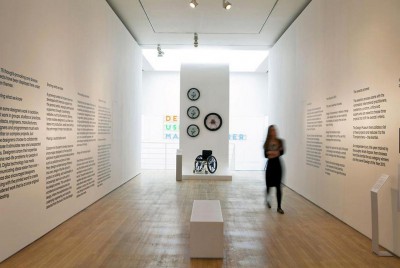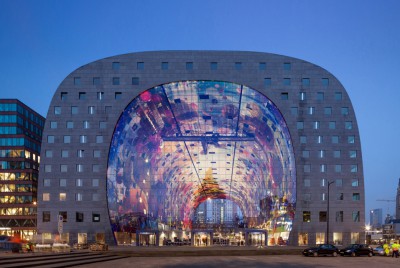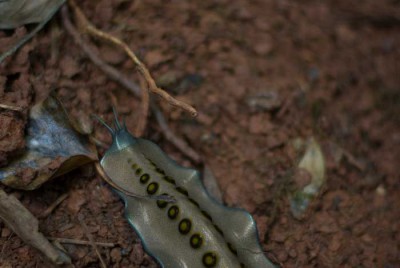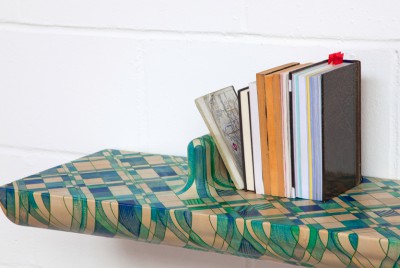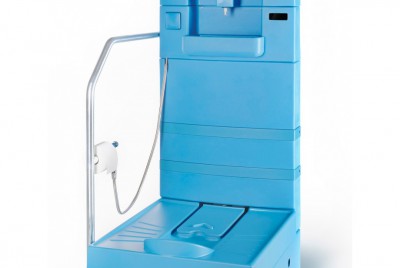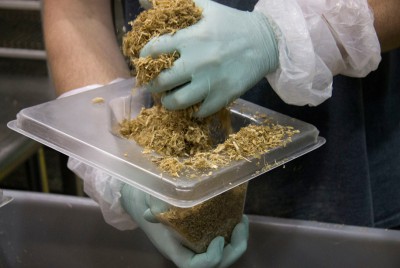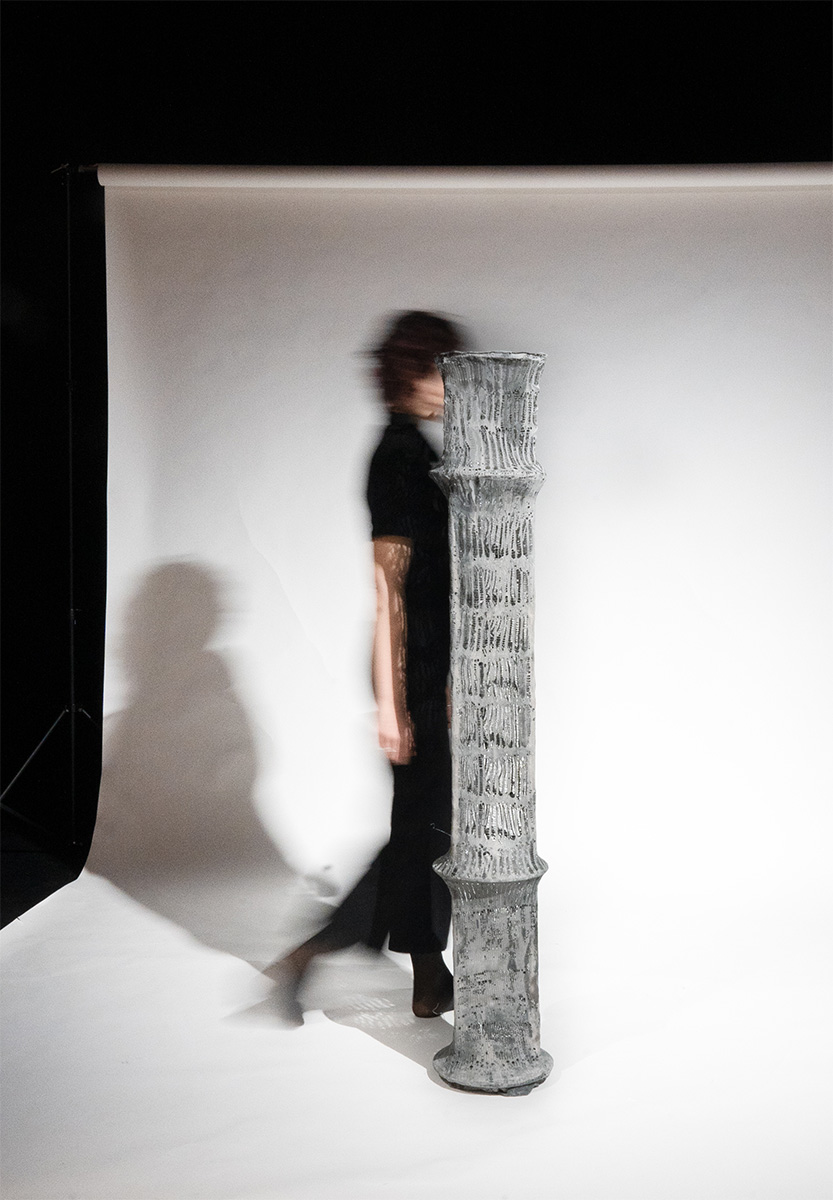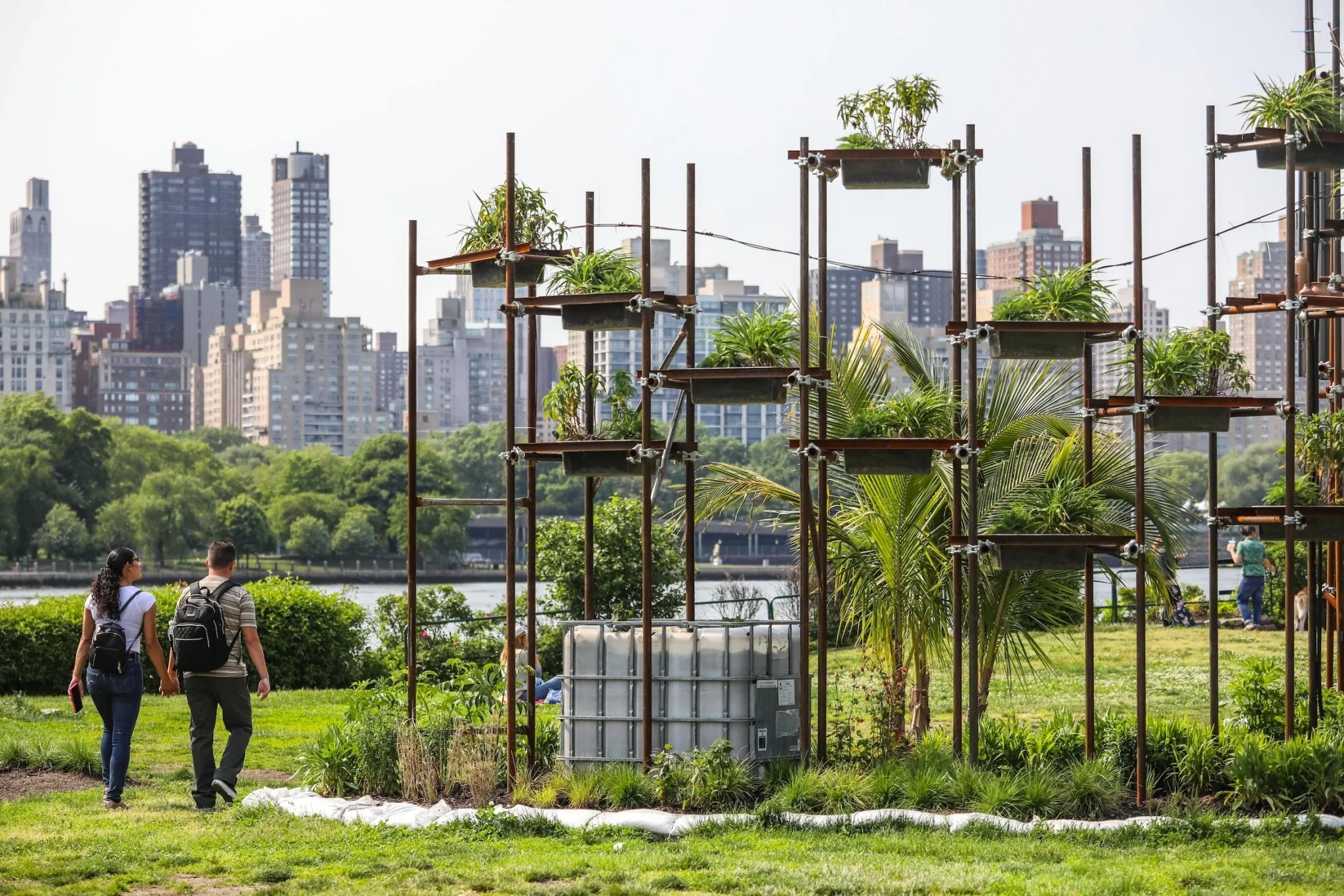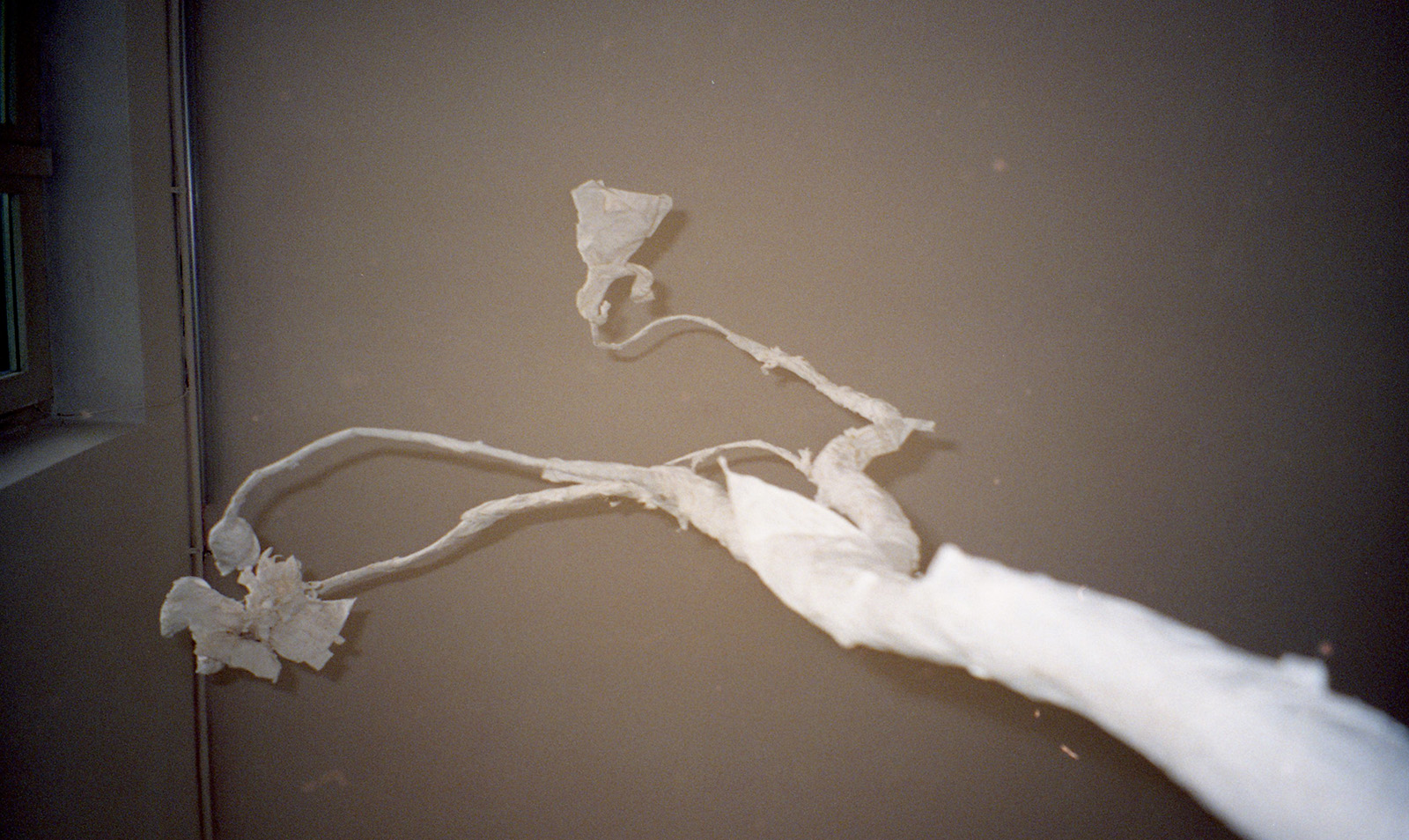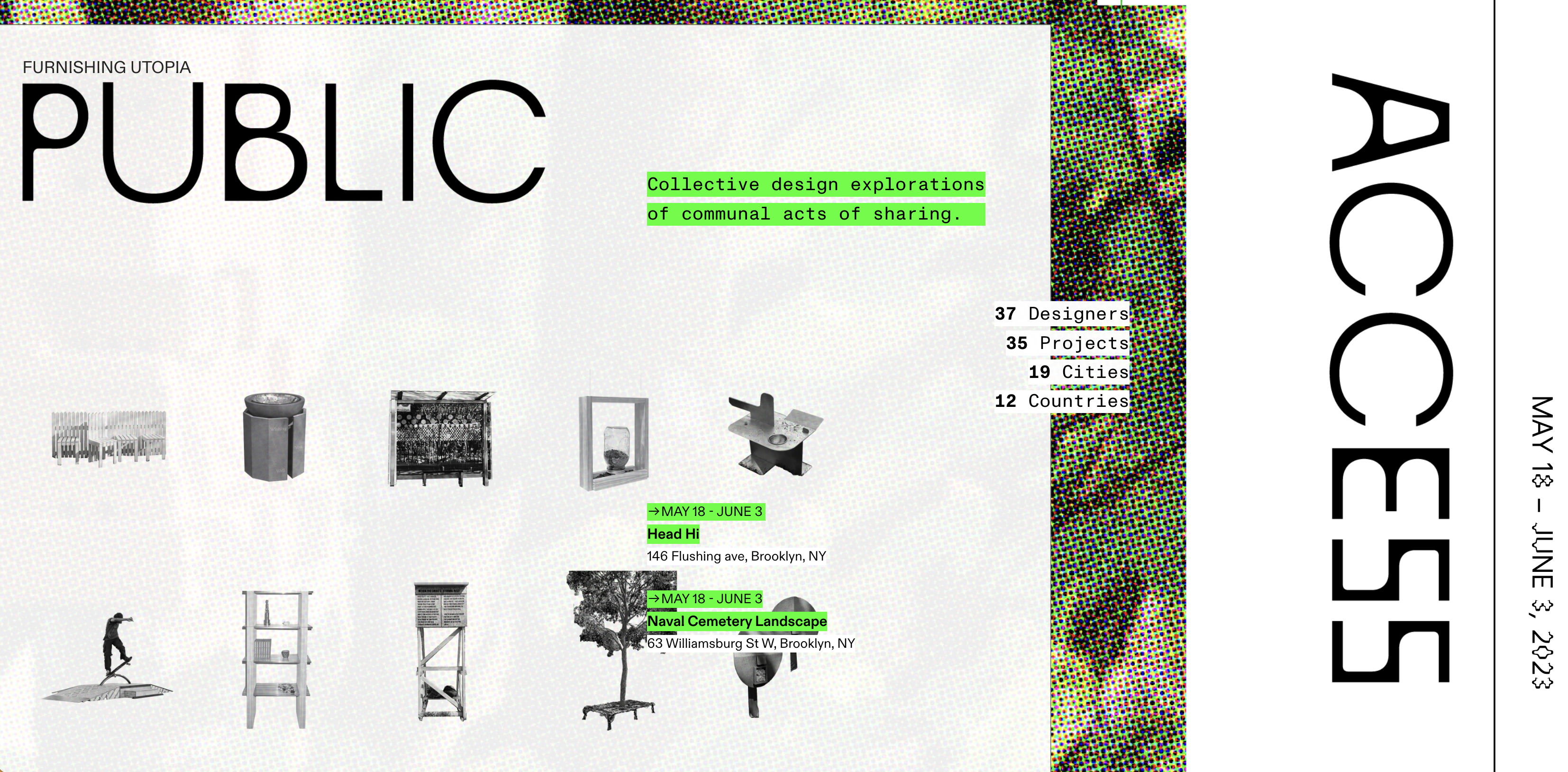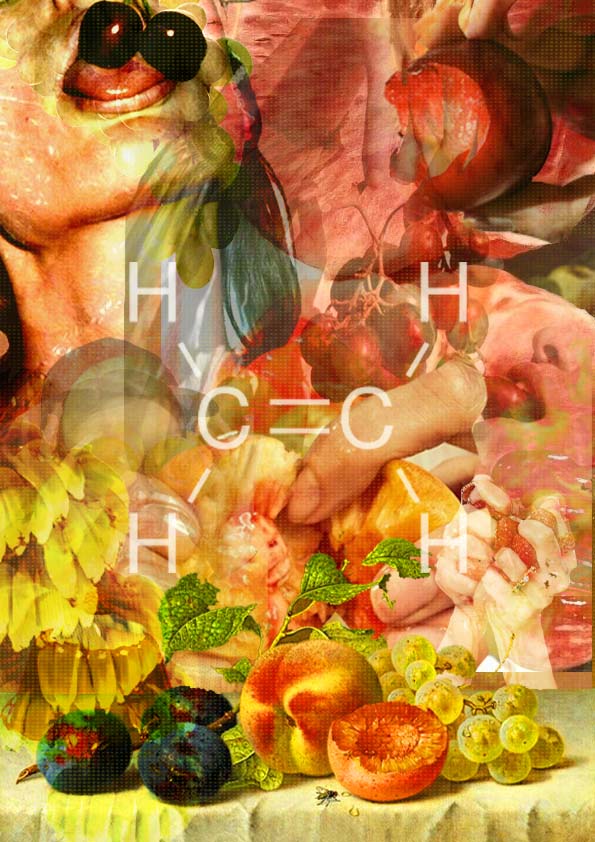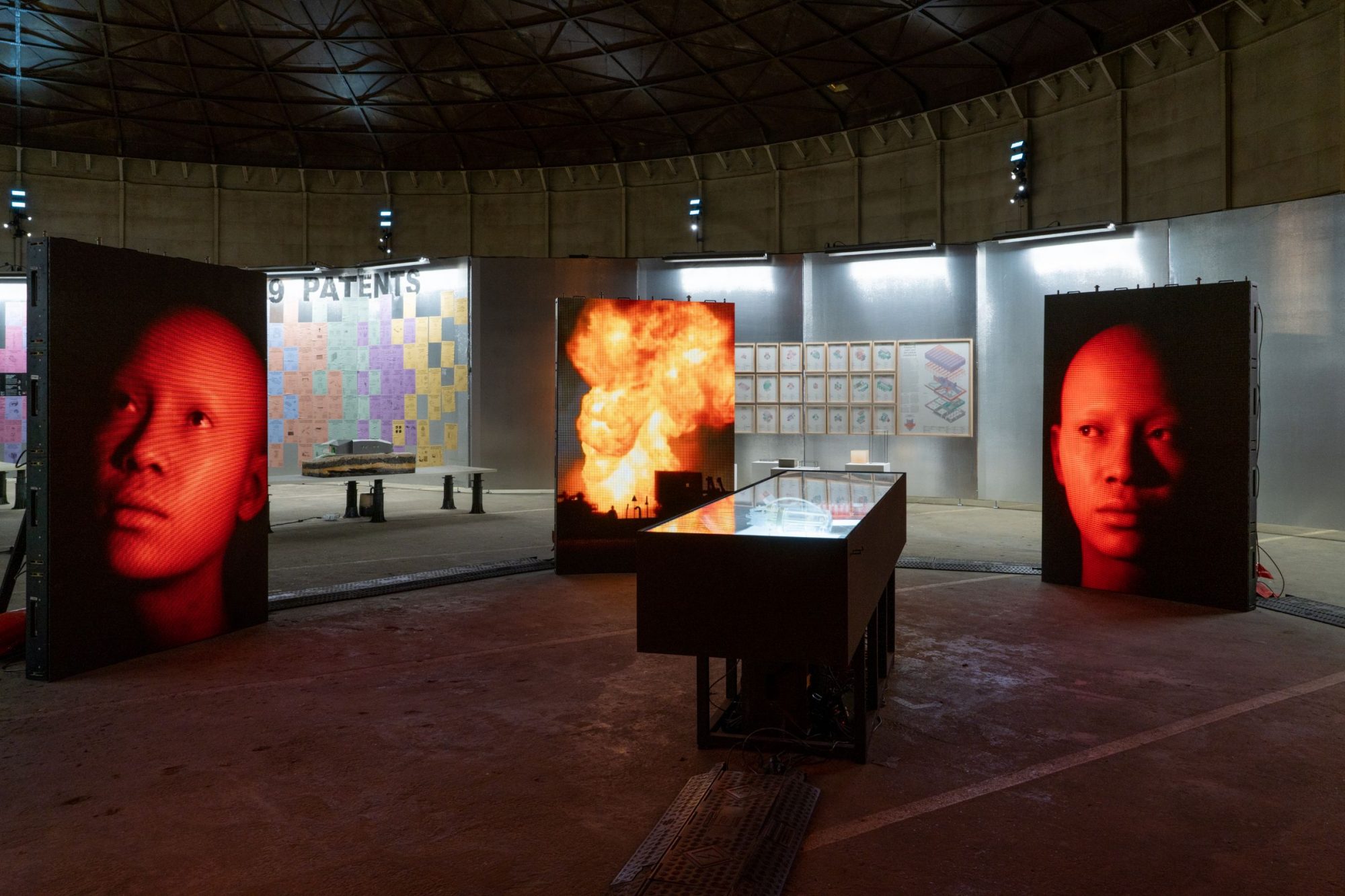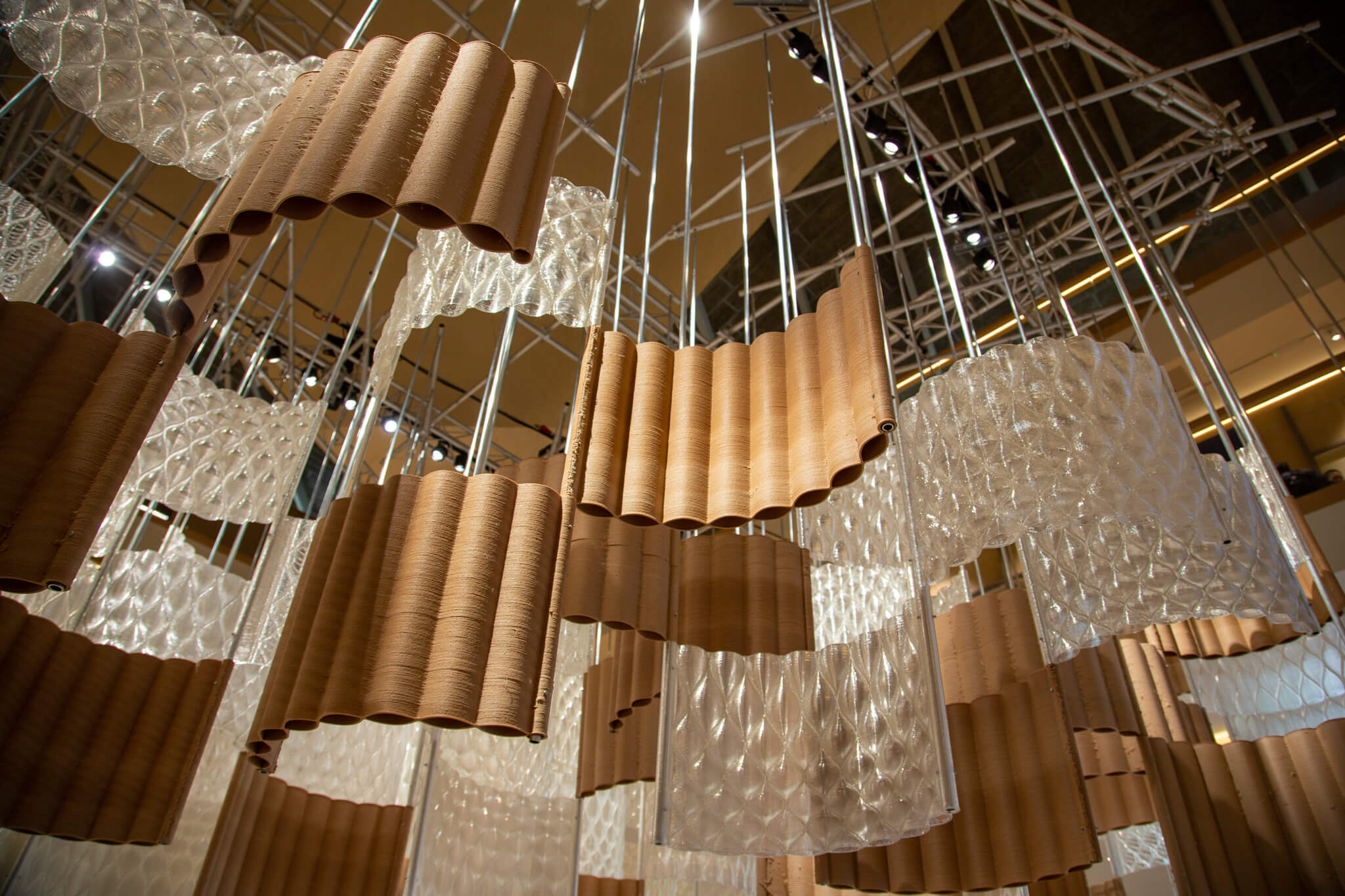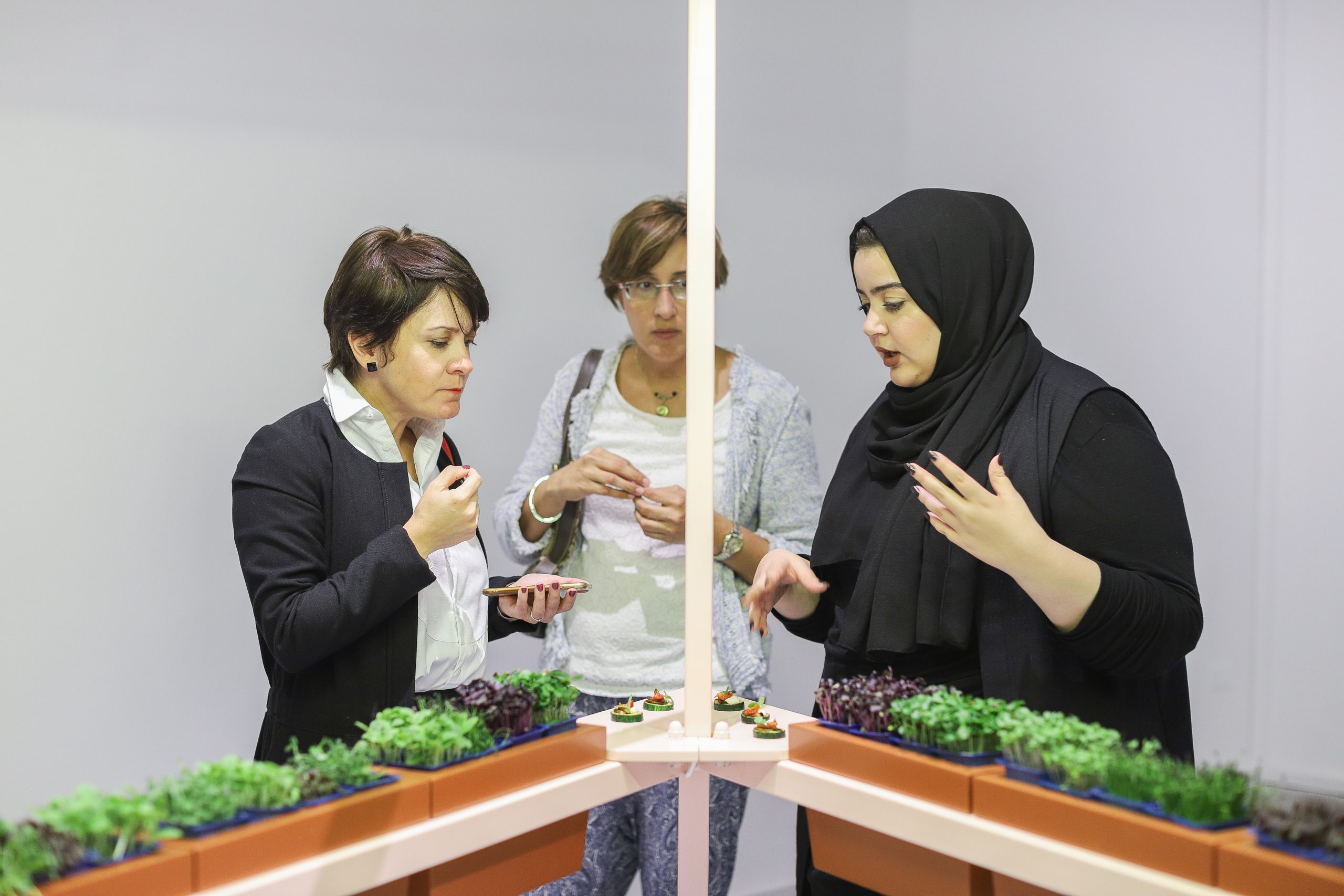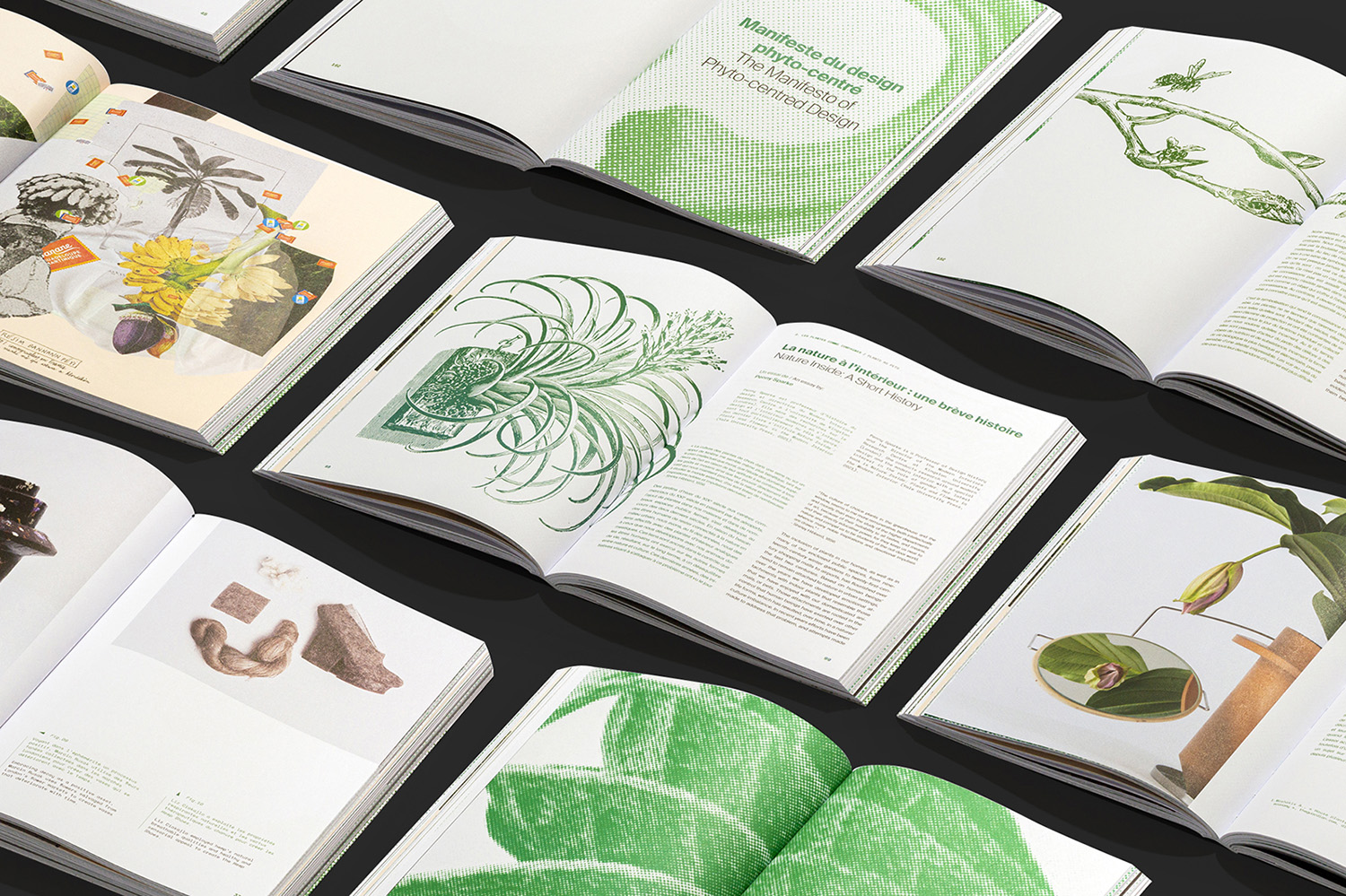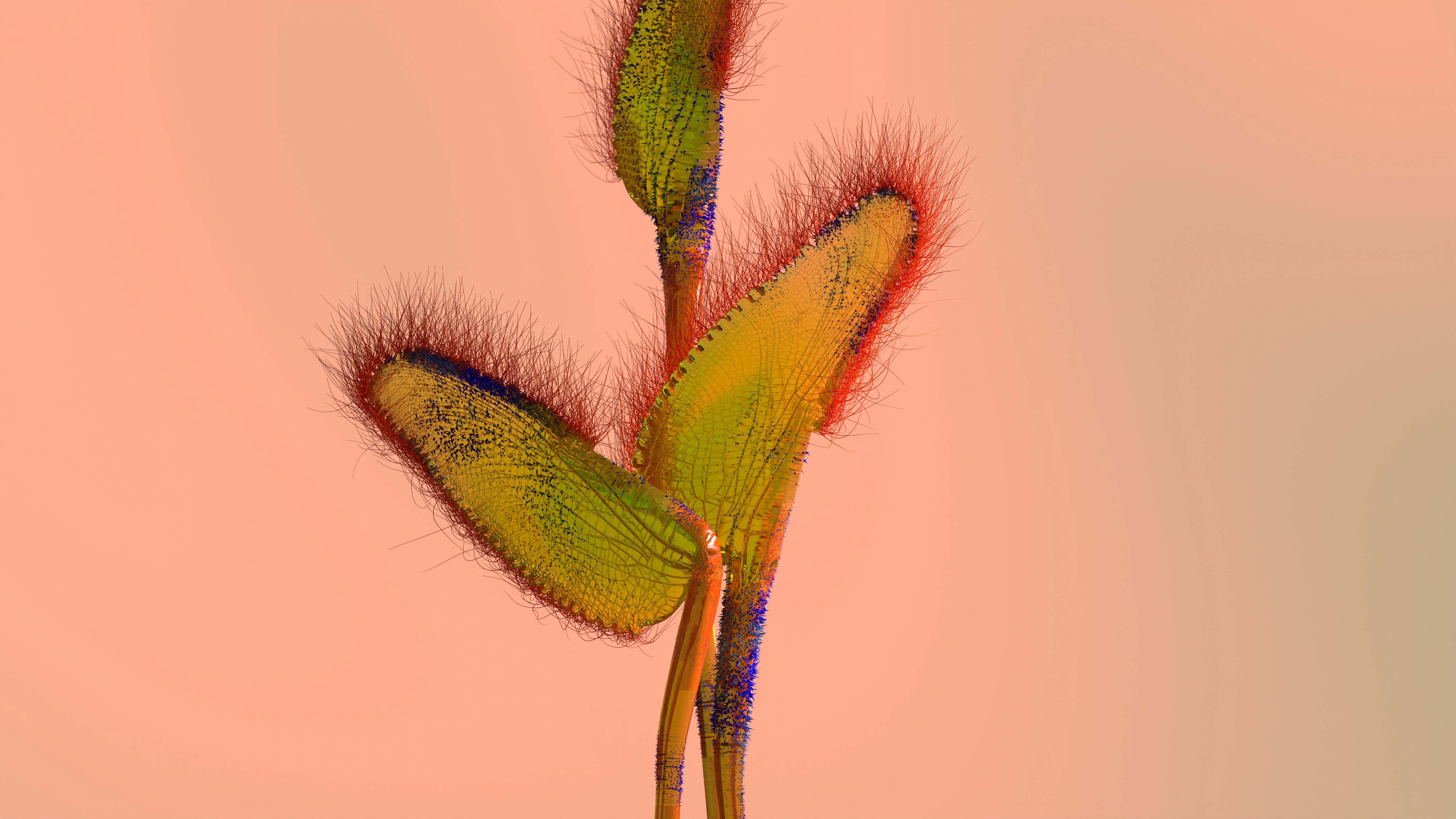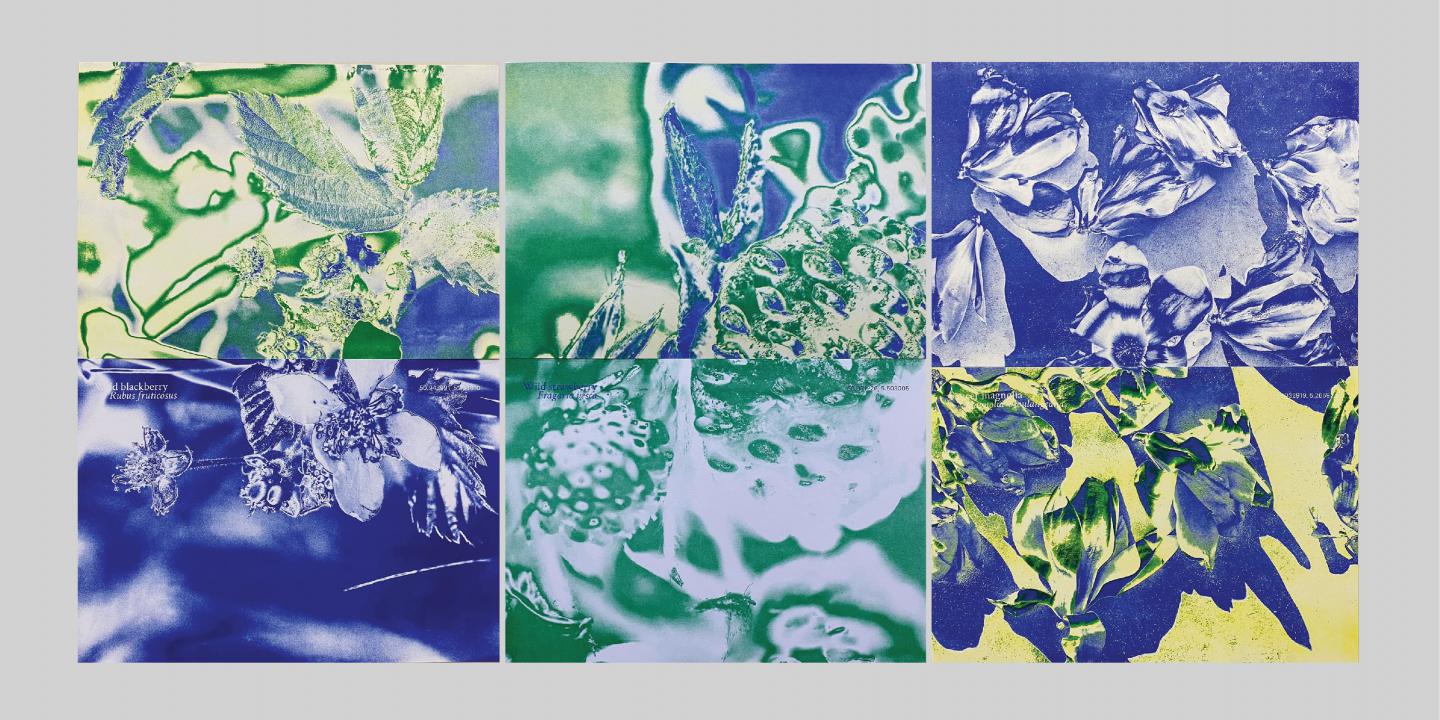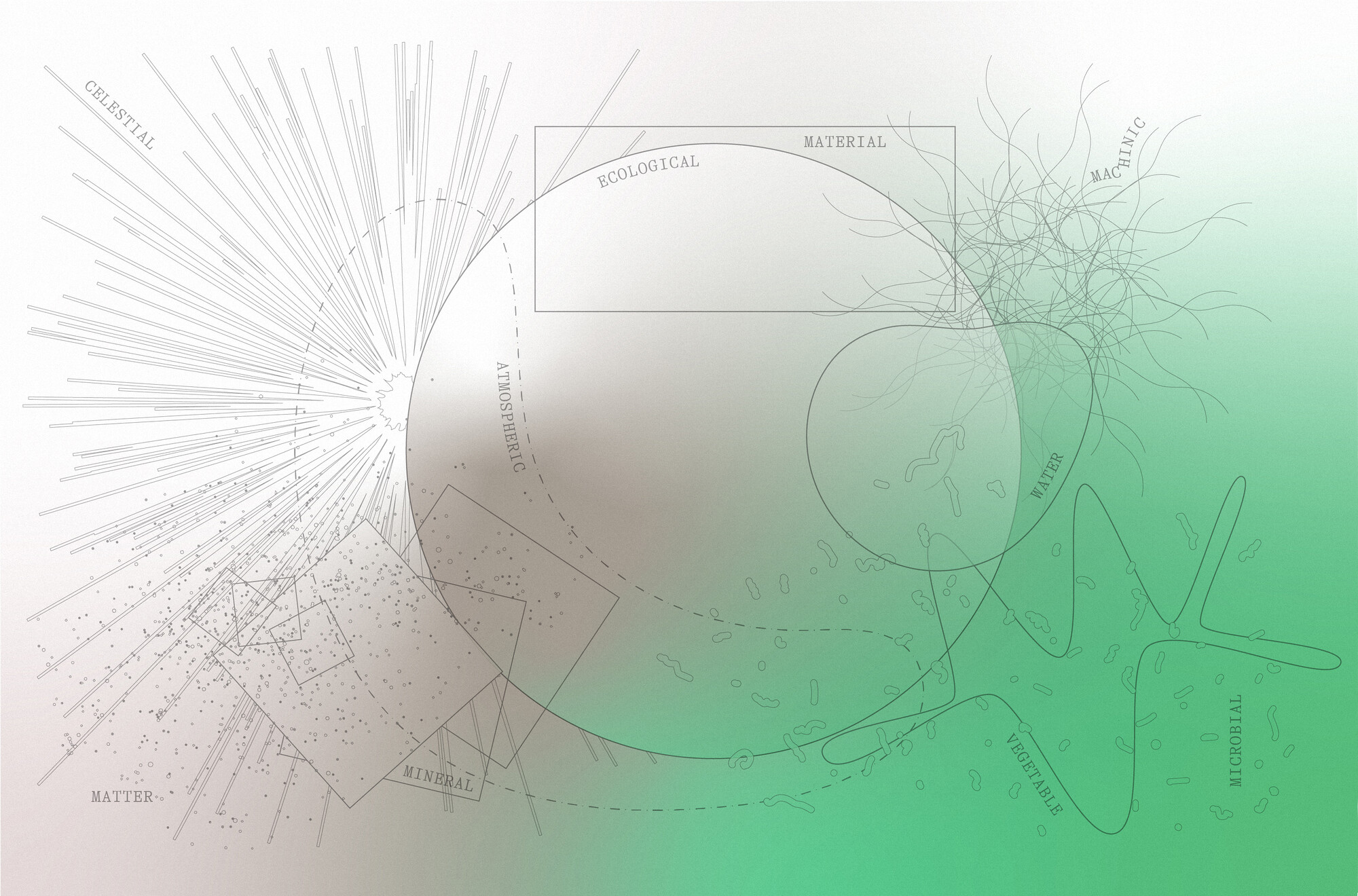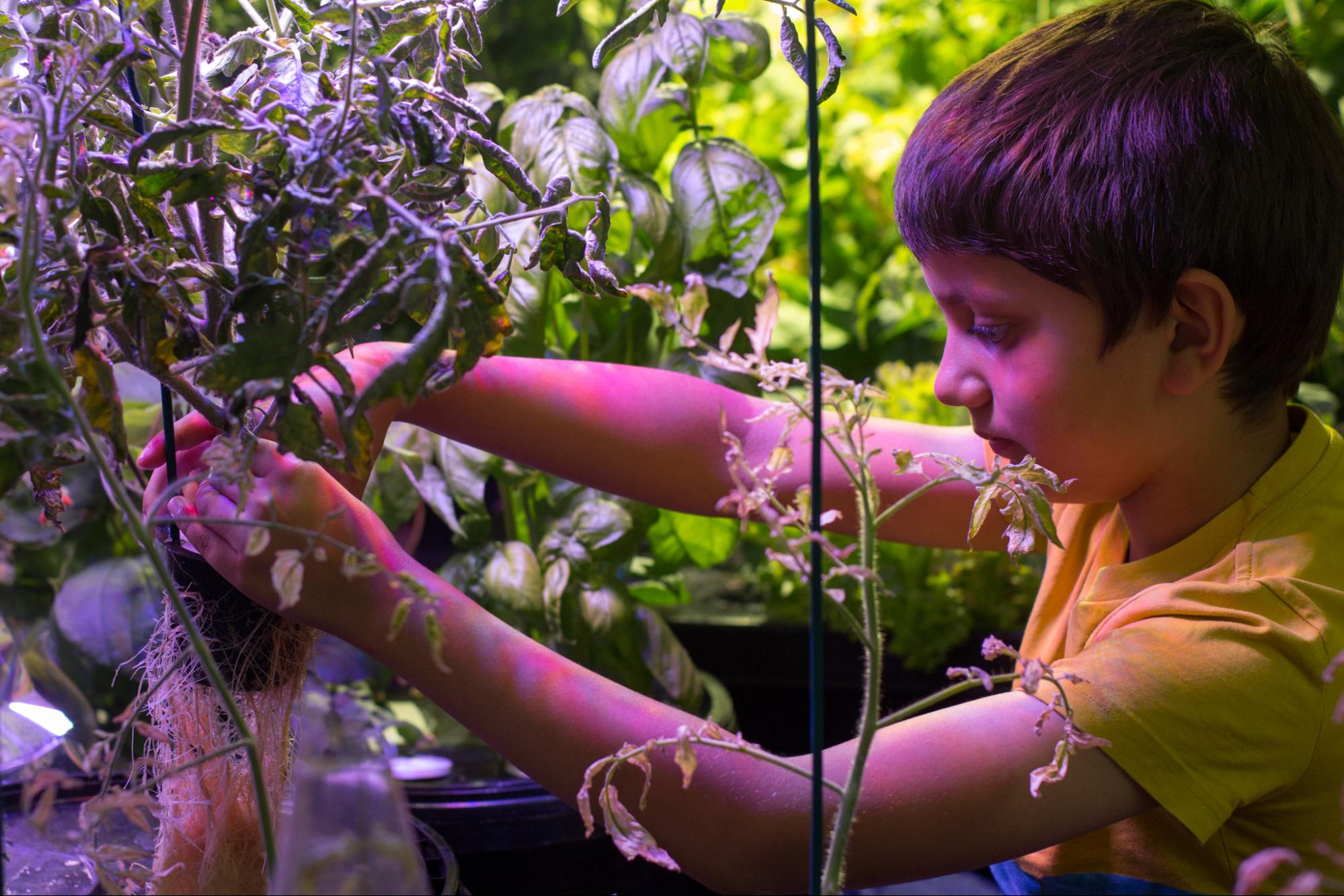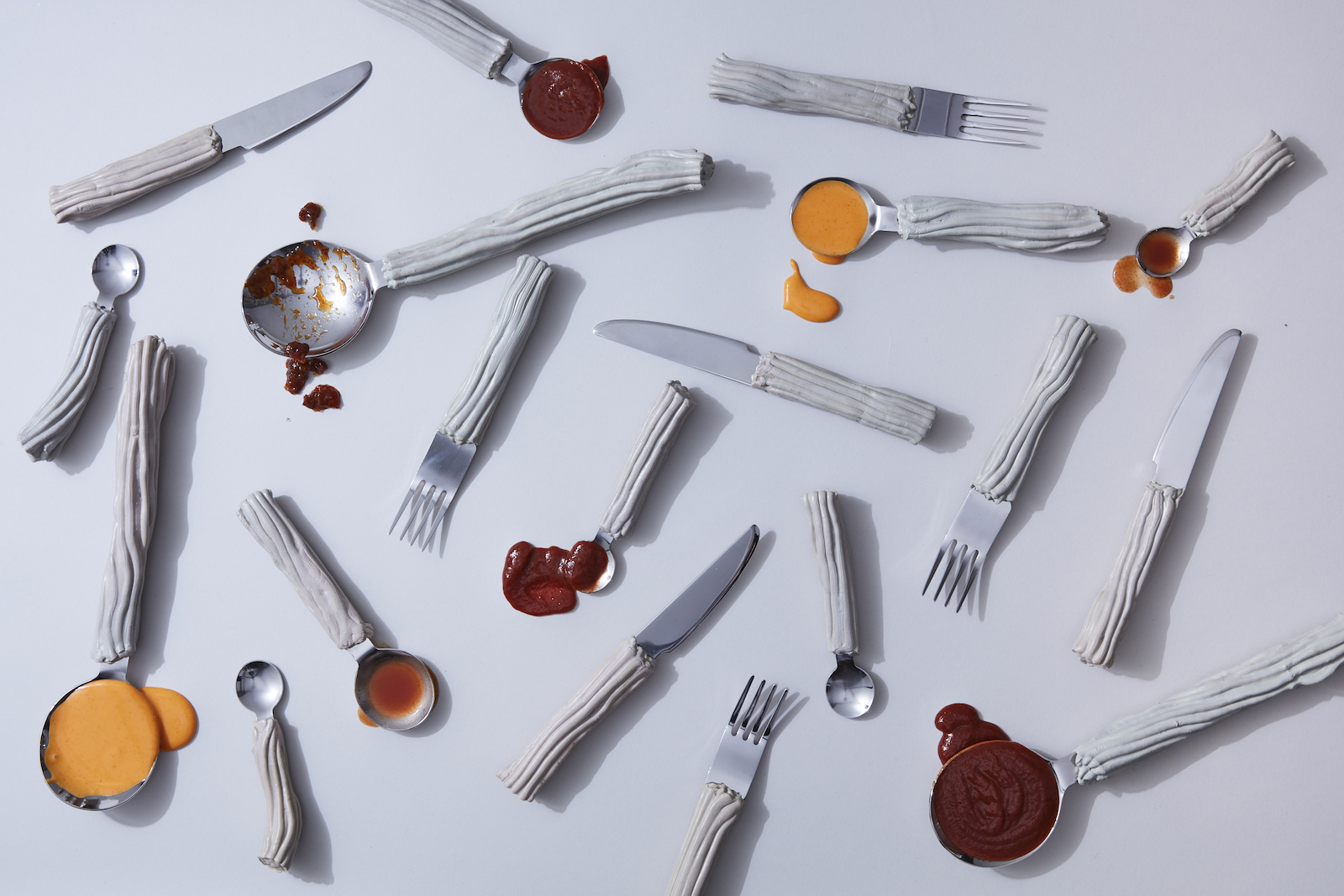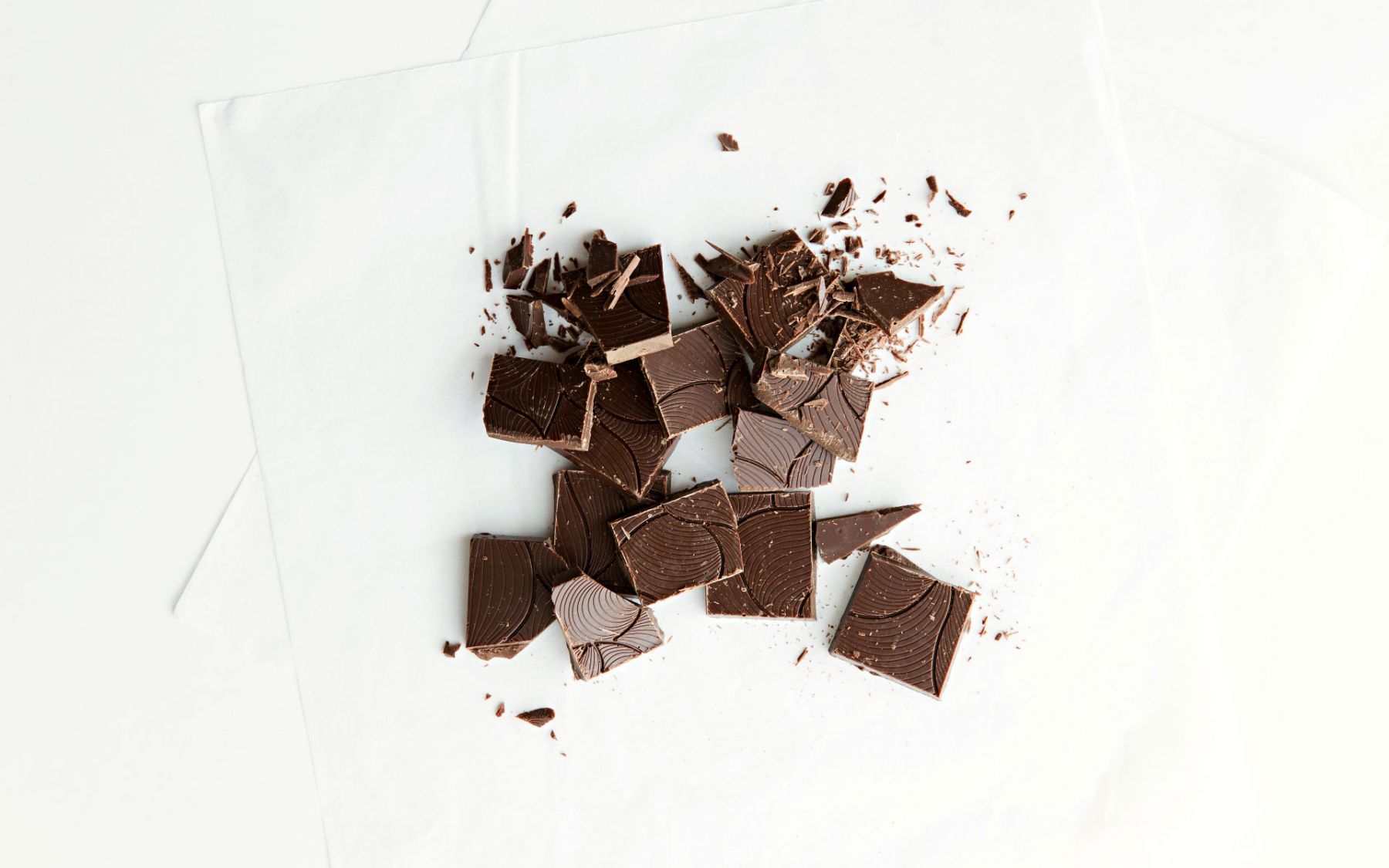In her 2009 book, Design Revolution, Project H founder Emily Pilloton lucidly states: “Humans have an instinct to seek out better ways, and designers possess the toolbox (and responsibility) to deliver solutions that make those ways accessible and improve life.” Each year, the annual exhibition and design competition “Designs of the Year” showcases this sentiment in fantastic form at London’s Design Museum. The global survey includes 76 nominees from across six categories—Architecture, Digital, Fashion, Product, Graphics and Transport—juxtaposing projects like an off-the-grid toilet for the impoverished with a fashion magazine determined not to sell any clothing. While the scope of the work varies greatly, all of the nominees share a patent enthusiasm for thinking about the future of the world, and design’s place in it. As the museum explains, “Someday the other museums will be showing this stuff.”
The display is impressive, and because it’s restricted to designs created within the last 12 months, it offers great insight into the current design climate. This year’s projects will be judged by a rightful group of industry pioneers; Land Rover’s Design Studio Director Richard Woolly, ECAL director Alexis Georgacopoulos, former Fashion Director of The Daily Telegraph, Hilary Alexander, artist Anish Kapoor and architect Farshid Moussavi. Category winners will be announced on 4 May, with the overall winner revealed a month later.
Below are six standouts making up this forward-thinking exhibition.
Markthal Rotterdam (Architecture)
Designed by local architecture practice MVRDV, Markthal Rotterdam is a bold rethink of the common food market that combines 100 fresh market produce stalls with 228 apartments and 1,200 parking spaces and more. The project is a response to new Dutch hygiene laws requiring traditional open-air meat and fish markets to be covered. MVRDV seized the opportunity as a way to create an exciting community space that serves as a bustling food hall selling artisanal goods and local produce during the day and a well-lit hub with restaurants and activities at night.
Designing for the Sixth Extinction (Graphics)
Helmed by Daisy Ginsberg and commissioned by Dublin’s Science Gallery, Designing for the Sixth Extinction explores synthetic biology’s role in wildlife conservation and biodiversity. The project uses designed species, like self-replicating biofilm and autonomous seed dispersers, to ask the question, “If nature is totally industrialized for the benefit of society—which for some is the logical endpoint of synthetic biology—will nature still exist for us to save?”
Endgrain (Product)
In Endgrain, RCA grads Yael Mer & Shay Alkalay, known as the design studio Raw-Edges, looked into xylem, the vascular tissue in trees that transports water through its grains. The duo added pigment, which essentially dyes the plant from within and keeps color from fading—a brilliantly straightforward idea but one that required extensive research and testing. They then took the colorful blocks of jelutong timber and southern yellow pine and glued them together to sculpt beautiful graphic patterns that seriously surprise the eye.
Blue Diversion Toilet (Product)
Inadequate sanitation affects 2.6 billion people worldwide, which leads to the death of around 1.8 million people a year. The team behind the Blue Diversion Toilet aims to change these numbers with a grid-free, urine-diverting toilet. The system treats the water on-site (in the back of the toilet) and separates the urine, faeces and flush-and-wash water, which allows for the recovery of valuable nutrients in the urine. The toilet smartly works across the entire sanitation chain—capture, storage and reuse.
Grow It Yourself Mushroom Materials (Product)
Evocative Design seeks to replace plastic with environmentally responsible materials created from agricultural byproducts and mushroom mycelium. Ecovative GIY—the project up for Designs of the Year 2015—is a kit they’ve developed that empowers anyone to experiment with and use the materials for their own projects—everything from lamp shades to surf boards. At Blue Hill’s recent WastED pop-up, architectural practice formlessfinder used the material to create restaurant tables, which could in turn be composted once the pop-up was over.
The Designs of the Year exhibition (designed by Benjamin Hubert) is on view at the London Design Museum through 23 August 2015.
